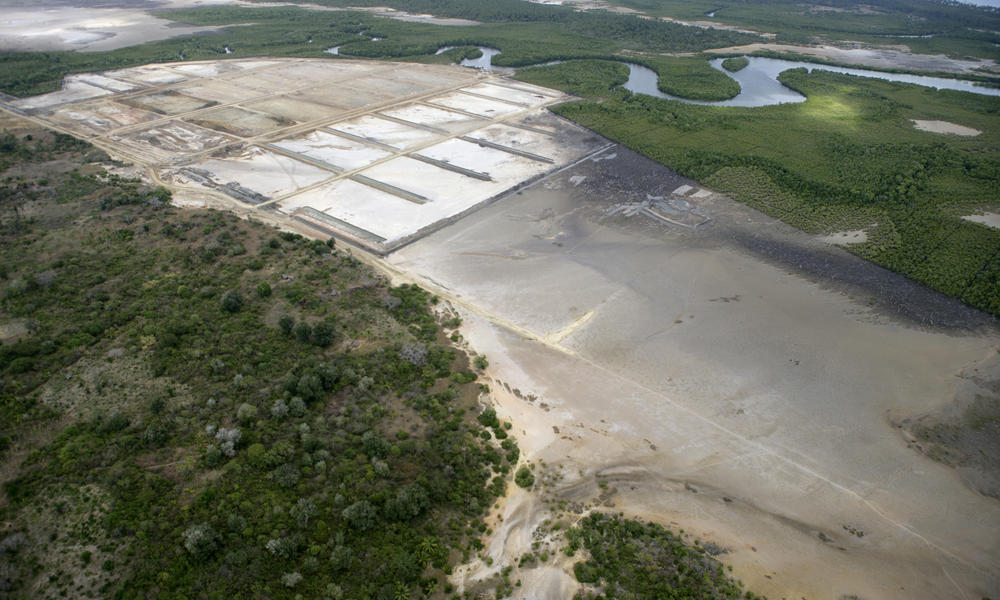In tropical climates where most farmed shrimp is produced, it takes approximately three to six months to raise market-sized shrimp, with many farmers growing two to three crops per year. A steady stream of organic waste, chemicals and antibiotics from shrimp farms can pollute groundwater or coastal estuaries. Salt from the ponds can also seep into the groundwater and onto agricultural land. This has had lasting effects, changing the hydrology that provides the foundation of wetland ecosystems.

OUTBREAK OF DISEASE
The introduction of pathogens can lead to major outbreaks of disease in shrimp with devastating consequences. When the shrimp become ill with some diseases, they swim on the surface rather than on the bottom of the production pond. Seagulls swoop down, consume the diseased shrimp, and then may subsequently defecate on a pond a few miles away, spreading the pathogen. When shrimp farms are shut down due to disease, there are socioeconomic impacts, including loss of employment.
Approximately 80 percent of farmed shrimp are raised from just two species – Penaeus vannamei (Pacific white shrimp) and Penaeus monodon (giant tiger prawn). These monocultures are very susceptible to disease.
DEPLETION OF WILD SHRIMP STOCK
Fish stocks used in the formulated feed for shrimp diets have very high environmental value, mainly because they are near the base of the marine food chain. Additional damage can occur by shrimp farmers who capture young wild shrimp to stock their shrimp ponds, thus further depleting local populations of fish.
No comments:
Post a Comment